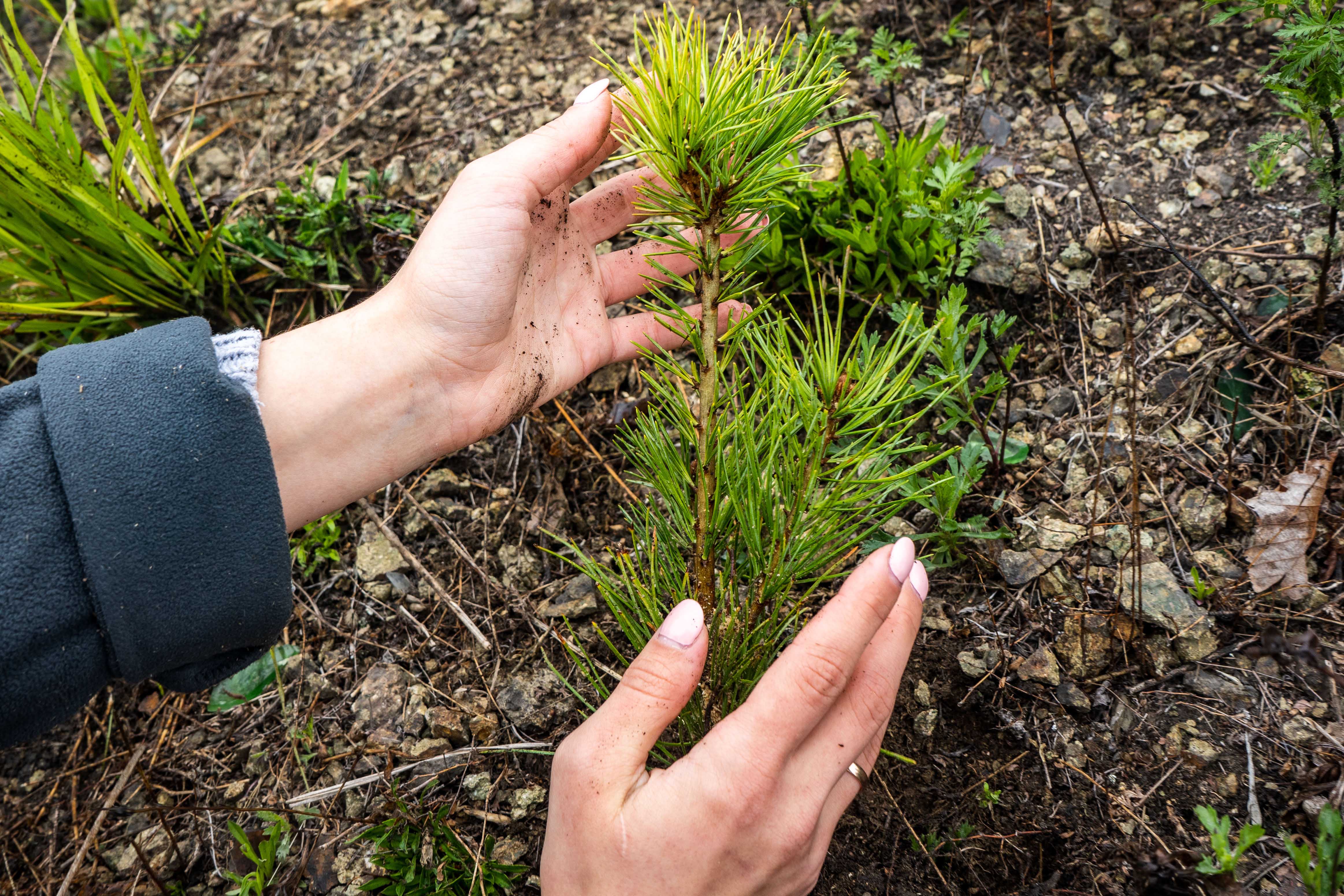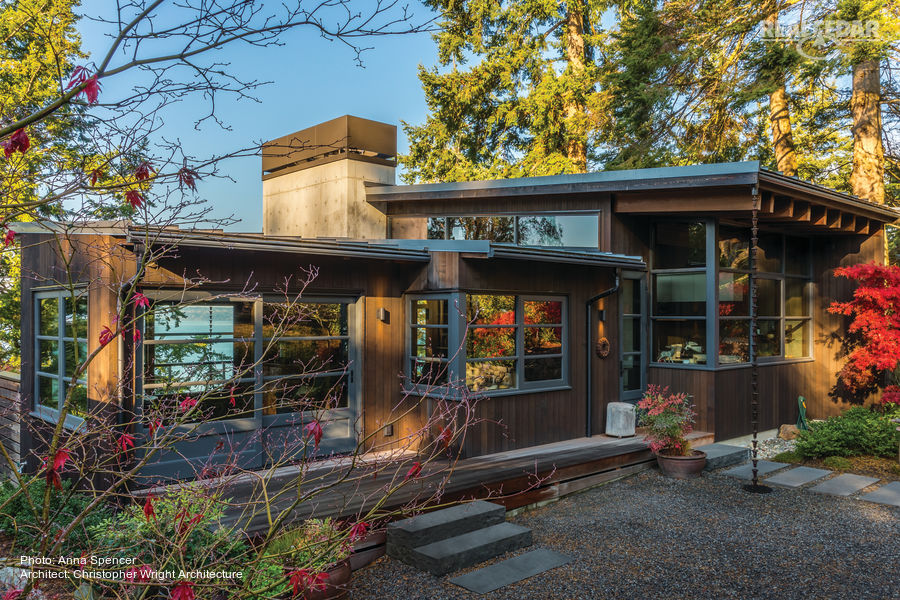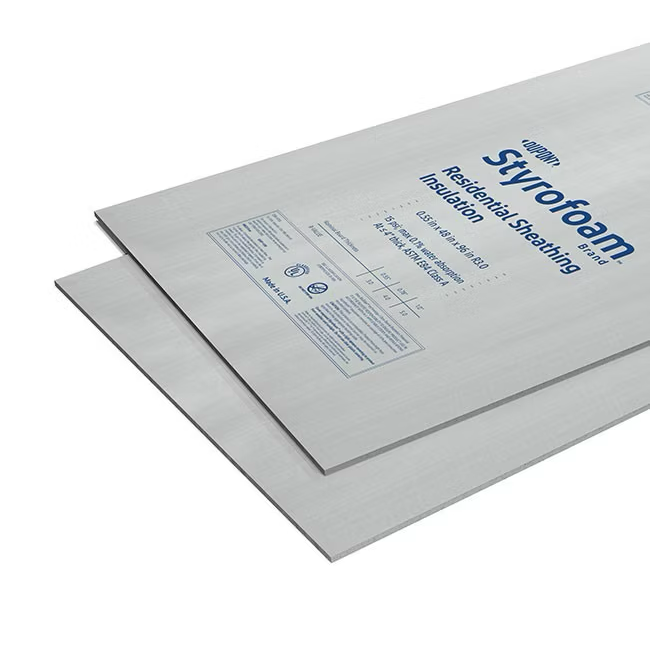
When it comes to building materials, wood, including Western red cedar, is one of the best options to consider from a sustainability standpoint. From planting to production to end of life, cedar offers a number of attributes that can help reduce a building’s environmental footprint.
The Western Red Cedar Lumber Association offers a look into why wood and cedar are one of the industry’s most sustainable materials:
- Renewability: Wood is the only major building material that is renewable. “For every Western Red Cedar tree that’s harvested, at least three are planted,” WRCLA notes. “Lumber producers have been replacing harvested trees so diligently over the last few decades that North American forests have actually grown by 20% since 1970.”
- Durability: Around the world, historic buildings reveal the long-term potential of wood. With its durability and longevity, using wood helps reduce the need for replacement materials and consumption.
- Reduced energy consumption: An independent study shows that wood products require less energy to produce than concrete and steel. Wood also is a natural insulator to help homeowners save money.
- Reduces Greenhouse Gases: Cedar, along with other wood products, has the lowest impact of all building materials on air and water quality, WRCLA says. Manufacturing wood products produces far fewer toxins and greenhouse gases than the leading man-made materials, and forest regeneration creates new trees that take in carbon dioxide and release oxygen as they grow.
- Recyclable, biodegradable, renewable: Unlike manmade materials, wood breaks down after its useful life. It’s also naturally renewable, regenerating itself in new forests.
How Western Forest Products Targets Sustainability
Real Cedar products are sourced from the most sustainably managed forests in the world.
For Western Forest Products (WFP), an integral aspect of the business is growing trees and managing forest health. Their plan for responsible forest management centers around a commitment to sustainably manage approximately 2 million hectares of forestland according to a 250-year cycle. This includes the collection of seeds, growing seedlings, replanting, habitat planning and conservation, timber harvests, and the manufacturing of wood products over this cycle.
WFP is held by the British Columbia government to some of the most stringent forest management standards in the world. The company has a commitment to never exceed the allowable amount it can harvest, a limit determined by the Chief Forester of British Columbia and known as the Allowable Annual Cut (AAC). They reforest every hectare that they harvest, ensuring that healthy new forests grow back to maintain a full spectrum of tree species and forest types.
Through their ongoing efforts to do more to protect and preserve the environment, WFP continually works to reduce its environmental footprint while providing the most renewable and environmentally sustainable building materials on the planet.
In addition to adhering to rigorous government standards, WFP voluntarily certifies its forests and has mapped out its own innovative Forest Strategy that provides specific objectives to meet to address climate change, carbon, biodiversity (including species at risk), silviculture, public engagement, carbon, water, and more.
To learn more about Western Forest Products’ forest management strategies, certifications, and more, visit https://www.westernforest.com/responsibility/.
Weyerhaeuser Distribution is committed to delivering the reliable, consistent products you can rely on. Connect with your Weyerhaeuser representative today about cedar solutions available in your market.


